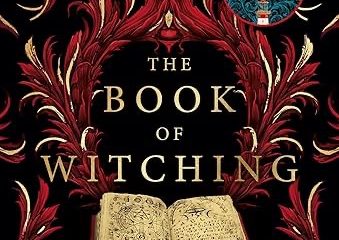The Marriage of Opposites by Alice Hoffman
What is it that makes American authors excel at depicting marriage? Where the British excel at romance (as at children’s fiction), it is to Henry James, Alison Lurie, John Updike and Jeffrey Eugenides whom we turn to when searching for what may happen in adult life. Alice Hoffman’s The Marriage of Opposites is one of the best novels on the subject to be published this year, not least because the opposites of its title embrace not just gender but race, class and religion.
Her subject is Rachel Pizzarro, mother of the painter Camille Pissarro, whose origins on the Caribbean island of St Thomas may come as a surprise. The strong-minded daughter of a Jewish rum merchant in the early 19th century, she is determined
to get what she wants. Although her mixed-race best friend Jestine is the beautiful one, Rachel gets the luck, and the love, even though she’s determined to live without the constraints of her sex and time. It’s the same lesson as in Hoffman’s best-known novel, Practical Magic, and here, too, supernatural spells rarely bring happiness; in Jestine’s case, the cowardly white man she loves steals their adored daughter away to France.
Rachel’s choices are more pragmatic. Married to a widower who already has three children, Rachel bears him four children. Widowed at 29 with seven children, her troubles really begin. As a woman, she is not allowed to run her family’s tottering export business, and when her young nephew by marriage arrives from Paris, they fall in love. The French and Danish Jewish community forbid them from an “incestuous” marriage; virtuous Frederic makes himself mortally sick with passion, until Rachel climbs into his bed.
The author’s hypnotic narrative voice can melt into the saccharine, but here Hoffman’s sensuous prose is ideally suited to describing the landscape. Take Frederic’s first ecstatic encounter with the island: “The drinks offered had names that delighted him; pumpkin punch, peanut punch, coconut water, lemon tea. There was fruit on the trees, and in the distance the mountains looked red rather than green. It was May, and the first flowering of the flamboyant tree had begun. The air was thick with the scent of limes.”
Out of this sensuous second marriage, which produces four more children and causes the couple to be painfully ostracised by the Jewish community, comes a boy with his mother’s fierce will, who only wants to paint. “The way you paint doesn’t look anything like this world,” his mother tells him, oblivious to the irony of how she and Jestine have each battled to have their own visions of love, dignity and truth accepted.
Camille is the one who achieves his mother’s dream of going to Paris, determined to find the daughter stolen by Jestine’s white lover. He will become the father of Impressionism, friend of Manet and mentor to Cezanne, and he will make his own troubled marriage in which racial prejudice plays its part. So much is packed into this novel that it could have been twice its length; what it tells us is that marriage is a mystery based on love rather than convention or money. You may or may not believe this to be true, but its effect is as intoxicating as the finest island rum.
Amanda Craig, The Independant.



0 Comments